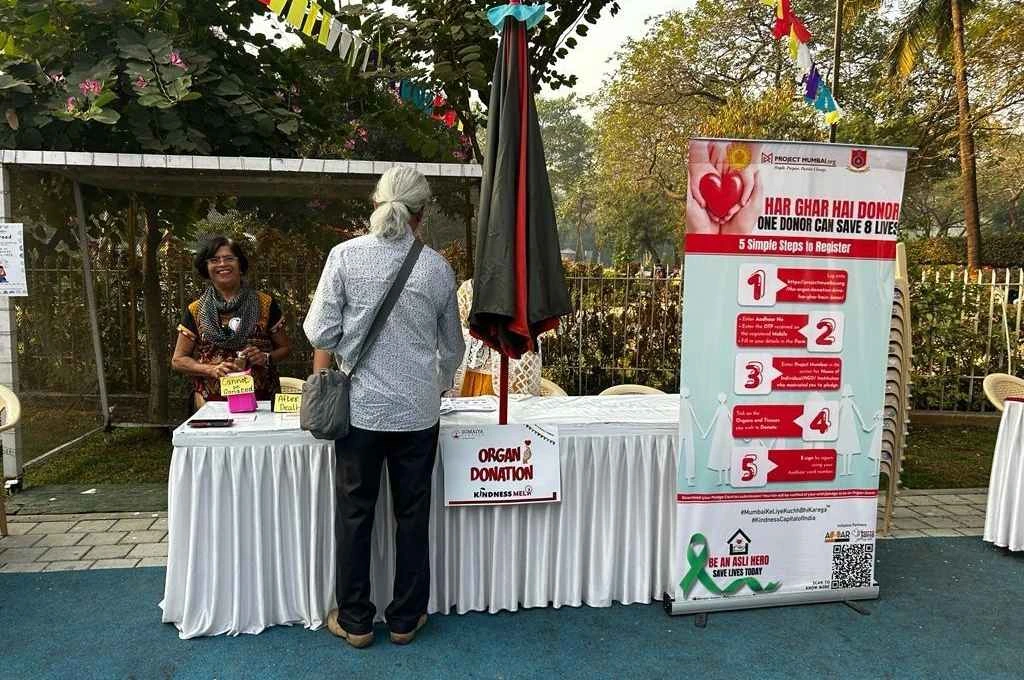Running a social enterprise is hard, particularly when catering to “base of the pyramid” customers. Marketing to low-income customers, infrastructure and distribution challenges, razor-thin margins, raising money from investors—these challenges would test even the hardiest entrepreneur!
Then, of course, there’s the major task of hiring and retaining great people. Although this challenge around talent is typically overlooked, it is probably the greatest factor driving the success or failure of the social enterprises we’ve worked with.
When Village Capital surveyed its portfolio of over 400 entrepreneurs in 2012, they cited talent acquisition and retention as their number one barrier to growth, easily surpassing financing. In 2015, a survey of C-suite executives by Bain & Company for Accion Venture Lab identified human resources as the biggest organisational need across 21 enterprises.
The challenge exists throughout the talent life cycle—from initial recruiting to training, ongoing development and retention—across hierarchies, from junior unskilled workers to senior executives. Unfortunately, it’s not a challenge that can be magically solved with more money.
Why are human capital challenges tougher for social enterprises?
Let’s be honest. Hiring and talent management is a challenge at all companies, but here’s why it’s harder for social enterprises:
Mission, not just skills: Beyond finding skills and experience, most social enterprises also need to see a demonstrated passion for the organisation’s mission. For many, this shrinks a small talent pool into a puddle, making it even harder to find a fit.
Unknown brands: Most social enterprises are relatively young, small and little known beyond specialised circles. With less inbound interest in the company, it becomes more of a sales job than an HR one to convince candidates and, sometimes, their families, who might prefer they join more established organisations.
Talent doesn’t come cheap: As revealed by a 2012 Intellecap report, early-stage social enterprises cite low salaries as a key constraint to hiring and retention. Personally, we don’t believe there should be an inherent trade-off in compensation when choosing a career of meaning and impact, and it is encouraging to see this slowly changing. But, for now, social enterprises often pay a fraction of what talented people could be earning elsewhere.
It’s not an easy life: To top it all off, many social enterprises operate in remote areas with few creature comforts. Five-star hotels are traded in for village cots. Express trains and Uber make way for motorbikes and rickety rickshaws. High-speed internet and stable electricity are swapped for molasses-slow Wi-Fi and off-grid living. This is obviously not always the case (and for many this experience can be a draw), but some companies find it challenging to convince senior talent to take the plunge.
Related article: 6 steps to attract good talent
So, what do we do?
Yes, hiring at social enterprises is hard. The good news is there are many ways to make it better:
At a system level
- Enmesh impact with education: We need more secondary and tertiary schools and institutions of higher education that present opportunities for students to learn about social enterprise and encourage the pursuit of careers of meaning and impact. This is happening increasingly, particularly at business schools globally, but classes and clubs on these topics at undergraduate universities are just emerging.
- Create access to real experience: We must make it easier for students to get access to internships or projects to help ignite a career passion. This could be promoted by colleges, governments, investors or the companies themselves. Global impact investor Acumen Fund, for example, runs a programme to recruit fresh graduates into an apprentice scheme, giving exposure to grads while also reducing the cost and effort of recruiting and training new talent.
- Make mid-career transitions possible: Support more programmes that help talented mid-career professionals transition from mainstream to impact, like Impact Business Leaders.
Related article: Five ways nonprofits can leverage for-profit talent
At a social enterprise level
- Start early: Even when you’re not actively hiring, be on the lookout for great talent, particularly inbound inquiries from people acutely drawn to your mission and impact. Keep your pipeline of candidates warm and engaged so that when the time comes to bring on new folks, you already have a pool to start from.
- Invest in employee referrals: Actively engage your existing team to probe their networks and bring in great people. This can be particularly effective for lower-level jobs that require community and local language knowledge.
- Build a strong brand: Not only does this increase the visibility of the social enterprise, it aids in employee retention. By strategically building strong credibility in the health sector, Aravind Eye Hospital routinely receives job applications from all over the world, despite the organisation’s strict policy of not advertising for job placements.
- Mentorship and training: Your employees are your future leaders. Create effective training and mentorship programmes that can target specific skill development. A RippleWorks survey found that entrepreneurs as well as employees reported higher degrees of satisfaction with increased and frequent engagement with mentors.
So where does this leave us? While money will always be a concern, human capital is often more important. Luckily, we believe there’s something to be done at all levels to help bring talent to the social enterprise space and to support job seekers in finding dream jobs at impact businesses.
Perhaps social enterprises have the most to gain or lose in solving this, and we hope to see more social enterprises recognise the importance of getting their team and talent equation right.
We’ve seen many times at companies globally that to create something persuasive and extraordinary in the marketplace, one must often first create something persuasive and extraordinary in the workplace. This principle may hold even more strongly for social enterprises, who must create a unique kind of mission-driven soil to attract and grow a talent foundation for scale and impact. If we get this right, the chain reaction of impact will extend beyond the enterprise to customers, employees, and the world at large.






